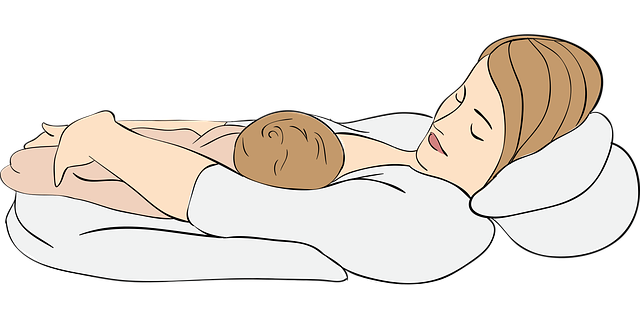Breast pump and storage

Breast pump and storage
Expressing milk means squeezing milk out of the breast with the help of pump or by hand.
When should you express milk?
- To collect milk to feed a premature baby or one who can’t latch on to your breast
- When mother needs rest .
- When mother goes to work
- When the breasts are too engorged or swollen due to excess milk production.
- Flat nipples
- To keep your milk supply up if your healthcare provider advises you to stop nursing temporarily because you’re taking medication that might be harmful to your baby (this is rarely necessary) or if you’re hospitalized for a short time and can’t breastfeed throughout the day.
There are 2 ways breast milk can be expressed:
- Manual or by Hand
- Using Breast pump (Manual and electrical pump)
Preparation for expressing breast milk:
- Find a quiet, comfortable place to sit.
- Have a glass of milk or warm water or some snack.
- Plug in your pump or make sure it has working batteries.
- Wash your hands with soap and water.
- Assemble the pump kit.
- Clean the breast with warm water with the help of cotton.
Using a manual Breast pump:
- Place the breast shield over your nipple. Make sure that you have the appropriate-sized shield for your breast. Selecting an inappropriately sized shield can result in failed suction efforts, pain, and irritation.
- Use the squeeze or plunging mechanism to begin pumping. Hold the shield in place with one hand and squeeze the mechanism with the other. The milk will begin pumping into the bottle.
- Reposition the pump’s handle if necessary. Changing the position of the pump’s handle can affect its suction ability, so move it around until you find an appropriate suction level that makes your breast pumping efforts easier.
- Try leaning forward to make milk express more easily. Remember that at the beginning milk flows drop by drop and gradually it increases the flow when pumping is happening continuously.
- Continue until the milk flow slows. When pumping with a manual pump, it usually takes about 45 minutes.
Using an electrical ot battery operated pump:
- Position the breast shield over your nipple correctly.
- Turn the machine on and let it work. The milk will automatically begin pumping from your breast into the container.
- Adjust the automatic suction as necessary. If the milk seems to be pumping slowly or the suction feels painful, adjust it. Try repositioning your breasts and the rest of your body. The process should not be painful, although it may feel strange at first.
- Remain calm while the suction occurs. However, if you’re relaxed, you will often produce more milk in less time than you would while anxious.
- Continue until the milk flow slows. When using an electric or battery-operated pump, you should be finished within 15 to 20 minutes.
Remember:
- Keep going! You’ll find pumping gets quicker and easier with practice.
- Get relaxed. The pumping process is easiest and least uncomfortable when you’re feeling relaxed and calm.
- Always clean your breast pump and its removable parts after a breast pumping session to avoid contamination.
Storing milk:
- Mum’s milk can be kept at room temperature for upto 6 hours
- You can store mum’s milk in the fridge for up to 5 days at 4C or lower (usually at the back, never in the door).
- Mum’s milk can be stored for 2 weeks in the ice compartment of a fridge or for up to 6 months in a freezer.
- Store away from meat products, eggs or any uncooked foods. Use the back of the fridge and not the door.
- The more often the fridge door is opened, the more likely the temperature will rise.
- Try to check the temperature of Every fridge (or bag) used for storing your milk each time you use it.
Using stored breast milk:
- Don’t use a microwave or gas stove to heat up or defrost breast milk as it can cause hot spots, which can burn your baby’s mouth.
- Heat Refrigerated expressed breast milk by placing in warm water
- Check the temperature before feeding the baby use defrosted breast milk immediately and throw away any unused milk.
- If the milk smells sour -DO NOT USE.
- When stored, the cream and milk may separate out. This is normal. Shake gently to mix before use.
- Some babies are reluctant to take expressed breast milk, particularly at first. Try offering milk from a cup or spoon.
To read more on Baby care, click on the link below,


